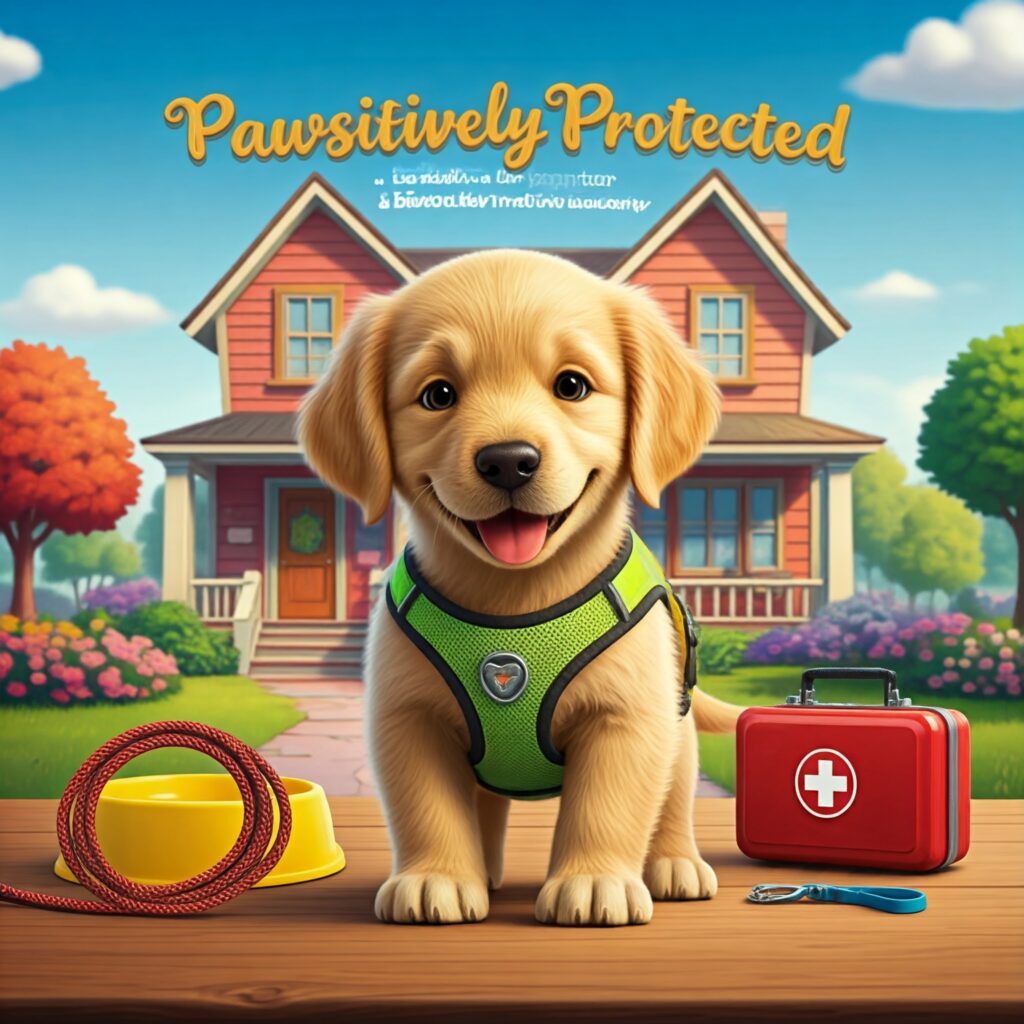Owning a dog is a rewarding experience, but it also comes with responsibilities. One of the biggest concerns for dog owners is ensuring their furry friends’ safety and security. Whether it’s preventing them from escaping or protecting them from potential hazards, taking proactive steps can make a significant difference. In this article, we’ll explore common pain points and concerns that dog owners face related to safety and security, and provide practical tips and solutions to address them.
Safety First: Keeping Your Dog Secure
Preventing Escapes
One of the most common fears among dog owners is their pet escaping. A curious or adventurous dog can easily slip through a fence, gate, or collar. To prevent escapes, consider the following:
Collars and Harnesses: While collars are a popular choice, harnesses can be more secure, especially for dogs prone to pulling. Look for harnesses with escape-proof designs and adjust them properly for a snug fit.
Leashes: A sturdy leash is essential for walks and outdoor activities. Choose a leash that is appropriate for your dog’s size and strength.
Fences and Gates: Ensure your yard is adequately fenced with a secure, leak-proof barrier. Check for gaps or weak points that a determined dog might exploit. Consider using a dog gate to restrict access to certain areas of your home.
Microchipping and ID Tags
Even with the best precautions, accidents can happen. Microchipping your dog is a reliable way to identify them if they get lost. A microchip is a small, electronic device implanted under the skin that contains a unique identification number. Additionally, attaching a well-made ID tag with your contact information is a simple yet effective way to increase the chances of your dog being returned if found.
Tracking Devices
For dogs that love to explore or are prone to wandering, a dog tracking device can provide peace of mind. These devices use GPS technology to track your dog’s location in real-time. Some models also offer additional features like activity monitoring and geofencing, which can help you keep track of your dog’s whereabouts and set boundaries.
Dog Safety Gear
If you frequently take your dog on adventures, investing in safety gear is essential. This includes:
Car Safety Harnesses: Always secure your dog in a car safety harness to prevent injuries in case of an accident.
Life Jackets: If you enjoy water activities with your dog, a life jacket is a must-have.
Protective Gear: For dogs participating in outdoor activities like hiking or hunting, consider using protective gear such as booties, goggles, or vests to shield them from injuries.
Training and Behavior Modification
Training your dog can significantly reduce the risk of escape or unwanted behaviors. Basic obedience commands like “sit,” “stay,” and “come” are essential for controlling your dog in various situations. Consider professional training or online resources to learn effective training techniques.
Security: Protecting Your Dog from Threats
Dog Aggression Training
Aggression is a common behavioral issue in dogs. If your dog exhibits aggressive behavior, it’s crucial to seek professional help from a qualified trainer or behaviorist. They can assess the root cause of the aggression and provide tailored training strategies to address it.
Dog Shock Collars and Anti-Bark Devices
While these devices may seem like a quick fix for behavioral problems, they are often controversial and can cause unnecessary stress and anxiety in dogs. It’s important to consult with a professional trainer or veterinarian before using such devices.
Dog Training Aids
Positive reinforcement training methods are generally more effective and humane than punishment-based techniques. Consider using treats, praise, and toys as rewards to encourage desired behaviors.
Protecting Your Dog from Hazards
Poison Prevention: Keep toxic substances, such as cleaning products, medications, and plants, out of reach of your dog.
Outdoor Safety: Be aware of potential hazards in your yard, such as sharp objects, poisonous plants, or bodies of water.
Vehicle Safety: Never leave your dog in a parked car, as temperatures can rise quickly, leading to heatstroke.
Conclusion
Ensuring your dog’s safety and security is a top priority for any responsible pet owner. By implementing the tips and strategies outlined in this article, you can create a safe and enjoyable environment for your furry friend. Remember, prevention is key, so be proactive in your approach to dog safety and security. With proper care and attention, you can build a long and happy relationship with your canine companion.

